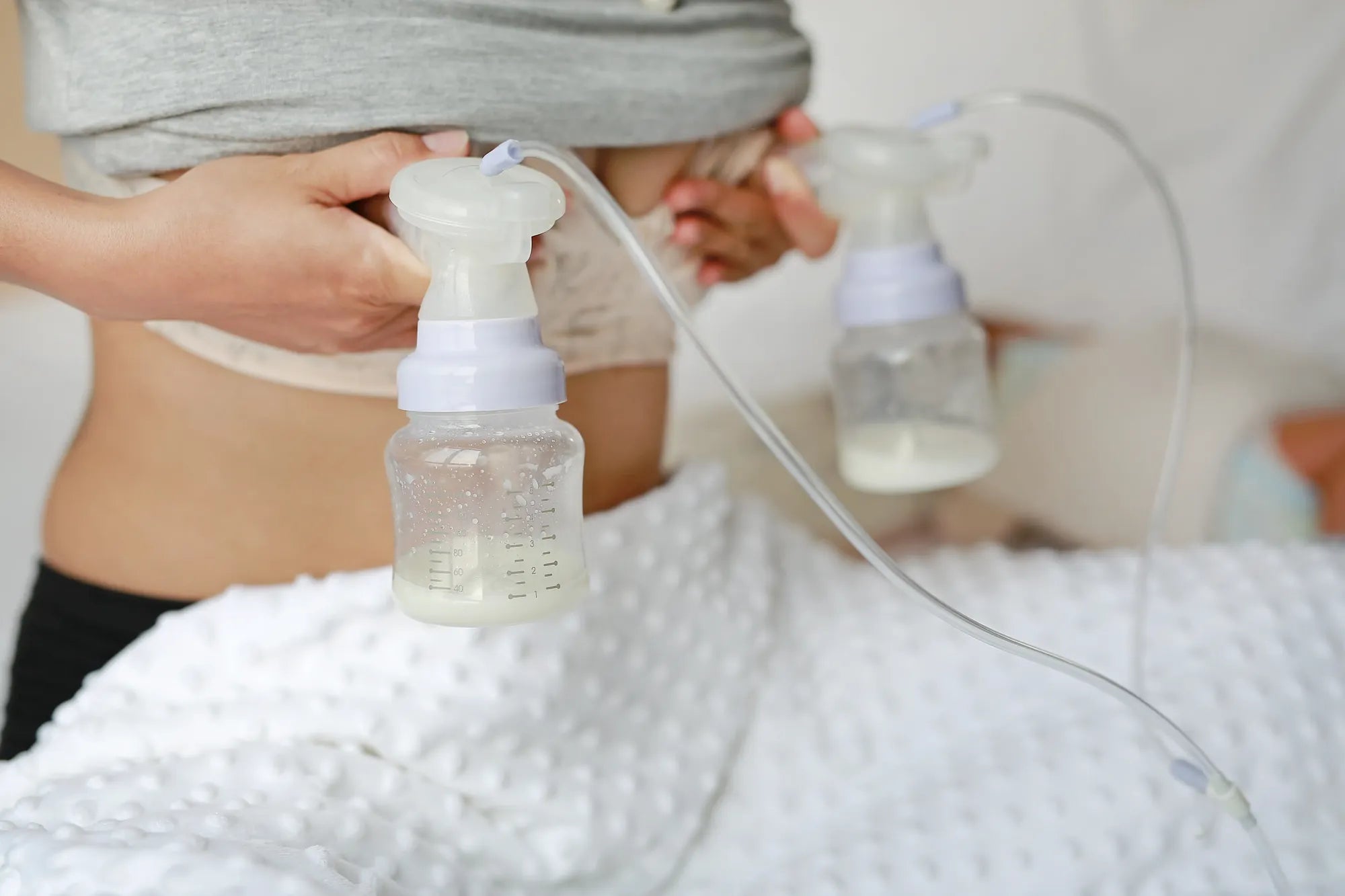Inicio
Pregnancy, Breastfeeding, and Pumping: The Ultimate Guide for Moms
Can You Use a Second Hand Electric Breast Pump? What You Need to Know

Can You Use a Second Hand Electric Breast Pump? What You Need to Know
When it comes to breastfeeding, many mothers turn to electric breast pumps for convenience and efficiency. However, the cost of a new electric breast pump can be prohibitive, leading some to consider second-hand options. But is it safe to use a second-hand electric breast pump? This article delves into the key factors you need to consider before making this decision.
Understanding the Basics of Electric Breast Pumps
Electric breast pumps are designed to mimic the natural sucking action of a baby, helping mothers express milk efficiently. They come in various models, from single to double pumps, and offer different features such as adjustable suction levels and timers. While new pumps are often recommended, the high cost can make second-hand options appealing.
Safety Concerns with Second-Hand Breast Pumps
One of the primary concerns with using a second-hand electric breast pump is hygiene. Breast milk can carry bacteria and viruses, which may remain in the pump even after cleaning. Additionally, the internal mechanisms of the pump can wear out over time, potentially affecting its performance and safety. It's crucial to thoroughly inspect and clean any second-hand pump before use.
Hygiene and Cleaning Protocols
Proper cleaning is essential when using a second-hand electric breast pump. Ensure that all parts that come into contact with breast milk are sterilized according to the manufacturer's guidelines. Some pumps have parts that can be replaced, such as tubing and valves, which can help mitigate hygiene concerns. Always use new, sterile parts when possible.
Performance and Durability
Second-hand electric breast pumps may not perform as well as new ones due to wear and tear. The motor's strength and suction power can diminish over time, making it less effective at expressing milk. Before purchasing a second-hand pump, test it to ensure it still functions properly and meets your needs.
Cost vs. Benefit Analysis
While second-hand electric breast pumps are more affordable, it's important to weigh the cost savings against potential risks. Consider the cost of replacing worn-out parts and the possibility of needing to purchase a new pump if the second-hand one doesn't meet your expectations. In some cases, renting a pump or exploring financial assistance programs may be a better option.
Legal and Warranty Considerations
Most electric breast pumps come with a warranty that is voided if the pump is resold. This means that if something goes wrong with a second-hand pump, you may not be able to get it repaired or replaced. Additionally, some manufacturers advise against using second-hand pumps due to safety concerns, so it's important to research the specific model you're considering.
Alternatives to Second-Hand Pumps
If you're hesitant about using a second-hand electric breast pump, there are other options to consider. Manual breast pumps are more affordable and can be a good alternative for occasional use. Some organizations and healthcare providers offer pump rental programs, which can provide access to high-quality pumps without the upfront cost.
Making an Informed Decision
Ultimately, the decision to use a second-hand electric breast pump is a personal one that depends on your specific circumstances. By understanding the risks and taking proper precautions, you can make an informed choice that best supports your breastfeeding journey. Always prioritize safety and hygiene to ensure the health and well-being of both you and your baby.
Using a second-hand electric breast pump can be a practical solution for many mothers, but it's essential to approach it with caution. By considering the factors outlined in this article, you can make a decision that aligns with your needs and ensures a safe and effective breastfeeding experience. Remember, your health and your baby's health are the top priorities, so take the time to research and choose wisely.
Compartir

